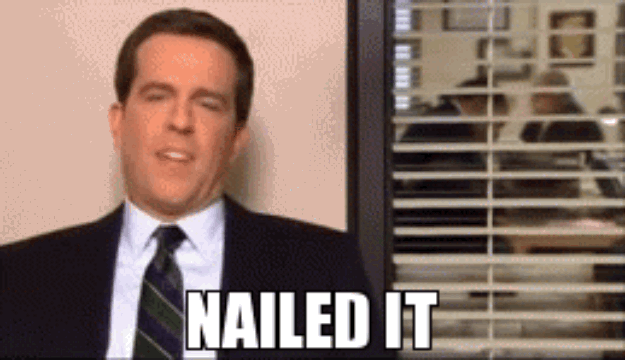zagox
Active Member
I thought they re-did 3rd street about 20 years ago, but could be wrong. It's busy with pedestrians at rush hour times and at lunch, but dead otherwise, and what I would classify as a solid fail. Caffe Artigiano is the only reason it a pulse. The problem is that there is no place for businesses along the corridor. Most buildings are cold, sterile facades of granite or glass with entrances facing onto the avenues. The lights along the walkway are so bright that you need sunglasses to walk it at night. There is literally no reason to be on this side street except as a passageway get between Eau Claire and Stephen Ave.
I walk from Sunnyside to downtown via 3rd street and it is far more pleasant than any other N-S route because the sidewalks are wide. On 4th street SW when the C-train commuters walk northbound it’s like a herd of buffalo are pushing you off the sidewalk. It may not be the greatest retail experience but it’s very successful as a commuter link, and as you say it is busy with pedestrian traffic during commute hours.








